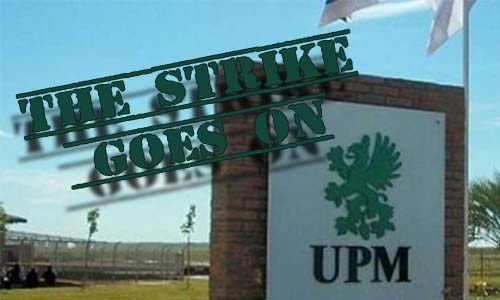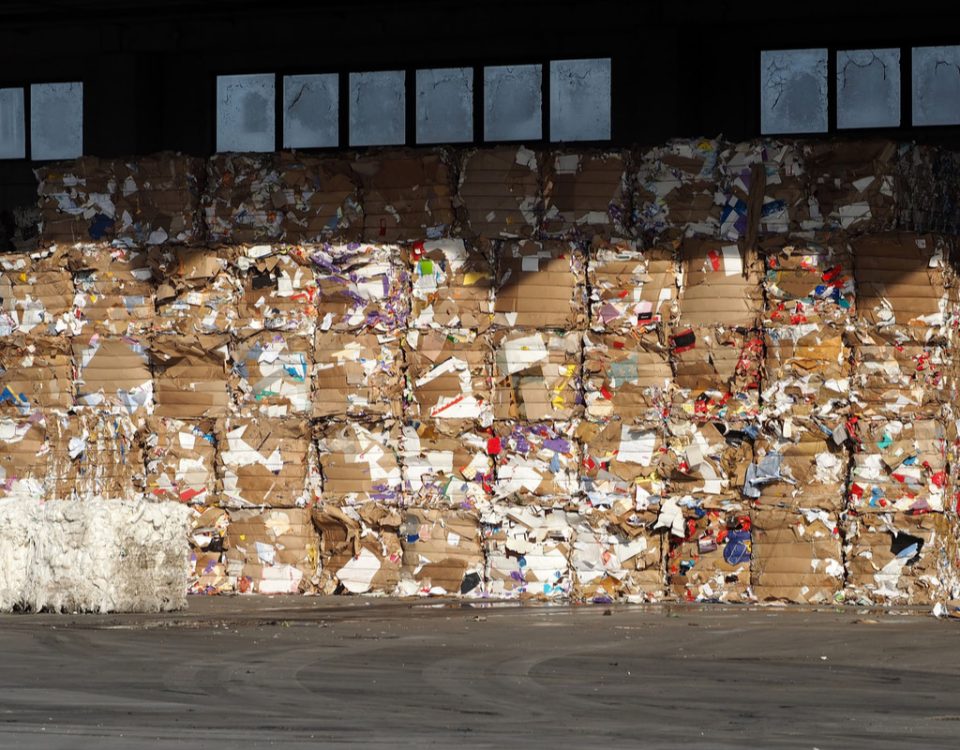
Fire Erupted in Bulleh Shah Paper Mills in Kasur
February 10, 2022
Segezha Group expanded its reforestation area by 20 per cent in 2021
February 11, 2022The strike in the Finnish paper mills aggravates the current lack of paper on the European market and will have severe repercussions in the supply of print products in the coming weeks, Intergraf says.
While during the past two years graphic products have clearly witnessed a decline, demand is now almost back to pre-pandemic levels. In 2020 customers were forced to reduce print advertising and many switched to electronic means for their communication. In mid-2021, this market has come back to print, but customers are now facing surging prices and uncertainty about the supply of raw materials.
The ongoing strike at UPM aggravates the situation particularly for paper grades such as LWC (Lightweight coated) and MWC (medium weight coated) paper. It is estimated that in some countries close to 50% of this paper for heatset printing comes from one supplier. The stocks of printing companies will not last until the strike has been settled and printers will be forced to announce to their customers their incapacity to fulfill the orders. This means that publishers will be forced to abandon print editions due to a lack of paper. The shortage affects all types of print products but is particularly detrimental to time-sensitive printed matter such as the publication of newspapers, magazines, books, and advertising.
Intergraf has dramatic feedback from members that 40% of the paper needed from mid-February onwards cannot be obtained. The inability to print will cause large financial losses not only to the printing company but also to the final customer. This will entail foreseeable shortages of many printed consumer goods.
Ulrich Stetter, Intergraf President states: “We have real bottlenecks in our paper supplies. We can see that this shortage will increase in the upcoming months. We are losing loyal print buyers, catalog users, due to production costs and a shortage of paper. There is a big risk that those print buyers are not coming back. This jeopardizes the rebound of our industry and our suppliers after the pandemic, and both will suffer irretrievable damage.”
Beatrice Klose, Secretary General of Intergraf states: “Print is an essential and important part of our daily life. Many citizens rely on printed information. Apart from being a large sector of our own, our industry and our products support citizens, culture, and all other economic branches in one way or the other. This support is endangered by the current tensions in the supply chain.”
Intergraf has sent a letter to the CEO of UPM calling for an end of the strike.
The European printing industry supports all economic activities with their products, be it for information, news, entertainment, education, advertising, or packaging. Print plays a huge role in everyday life – so much so that it is frequently overlooked. Our sector supplies the packaging for goods at the supermarket, the books, newspapers, and magazines we read as well as the boxes our digitally ordered food, clothing, gadgets and much more are packaged in. These products are produced by 112,000 printing companies all over Europe that employ 640,000 people and generate a turnover of 82 billion EUR (EU27 + UK, Switzerland, and Norway).
Intergraf is the European printing industry association, representing employers in this sector. We are a Brussels-based umbrella organization with 20 members from 19 countries. Our primary task is to represent and advocate for the printing industry in Europe, working with European Union to support the sector’s competitiveness through advocacy, information sharing, networking, social dialogue, and European projects.




